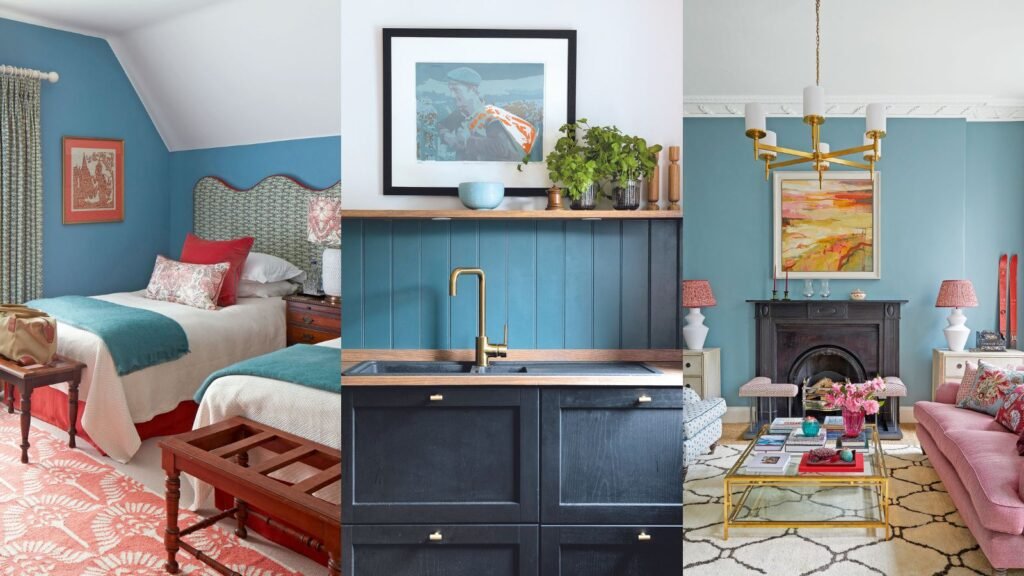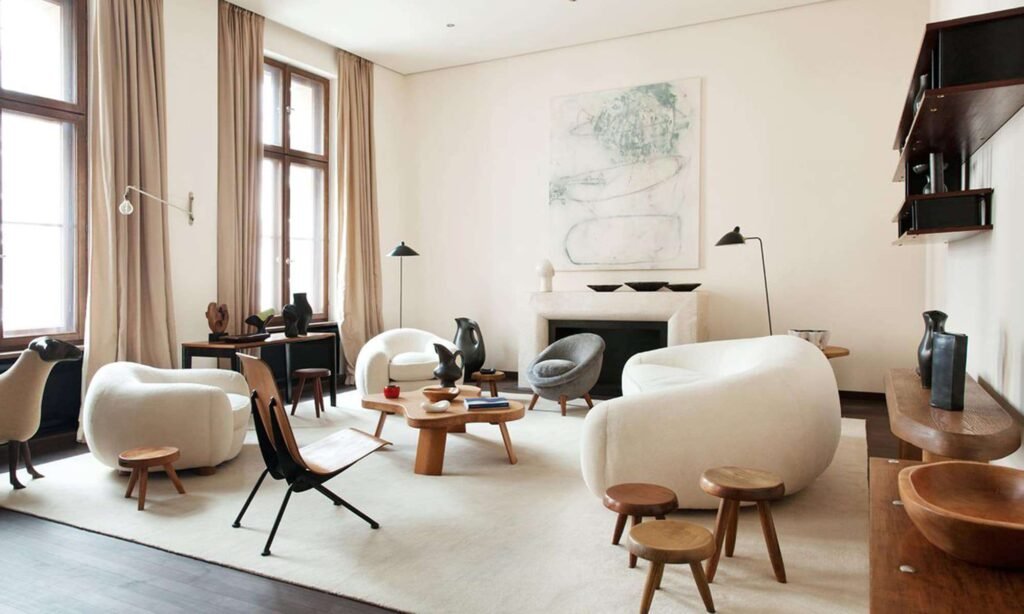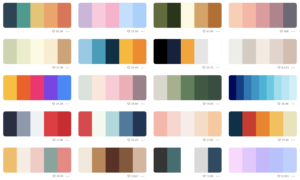The Importance of Colour Psychology in Interior Design
Colour has the power to transform spaces, influence emotions, and create a perfect ambiance for your home. It is more than just decoration; it is a language that speaks directly to our feelings. At Shree Interior Wudtech in Navi Mumbai, we understand the importance of colour psychology in interior design. In this blog, we will explore how you can use colours to enhance your space and create the home of your dreams.

What is Colour Psychology?
Colour psychology studies how colours affect human behaviour, mood, and emotions. Each colour carries its own set of associations and can evoke different feelings. For example, blue often feels calm and peaceful, while red is bold and energetic. Using colour psychology in interior design helps create spaces that not only look good but also feel right.
Why Does Colour Matter in Interior Design?

Choosing the right colours is key to achieving harmony in your home. Colours can:
- Set the Mood: The colour of a room can make you feel relaxed, energetic, or focused.
- Define Space: Different colours can visually separate areas in an open-plan home.
- Reflect Personality: Your colour choices reflect your taste and personality.
At Shree Interior Wudtech, owned by Sandeep Vishwakarma, we help clients pick colours that align with their vision and purpose for each room.
How to Choose the Right Colours

1. Understand the Function of the Room
- Living Room: This is a social space. Warm colours like beige, yellow, or light orange create a welcoming atmosphere.
- Bedroom: Bedrooms are personal spaces where comfort is key. Soft and cool colours like light blue, lavender, or pastel green work well.
- Kitchen: Kitchens should feel clean and energetic. Bright whites, greens, and yellows are great choices.
- Study Room: Use colours like green and blue to boost concentration and productivity.
2. Use a Colour Palette

- Stick to three main colours: a dominant colour for walls, a secondary colour for furniture, and an accent colour for decorative pieces.
- Neutral colours like white, grey, or beige are excellent as a base. Add pops of brighter colours for personality.
3. Consider Natural Light
- Rooms with plenty of sunlight can handle darker tones. Rooms with less light should use lighter colours to make them feel airy and bright.
4. Create Mood Boards
- Gather samples of fabrics, wallpapers, and paint swatches to visualize your colour combinations before making a decision.
- Mood boards help you experiment with different shades and find the perfect harmony.
The Psychology of Popular Colours
Here are some common colours and their psychological effects:
- Blue: Promotes calmness and relaxation. Ideal for bedrooms and bathrooms.
- Red: Energetic and bold. Perfect for dining rooms or accent walls but use sparingly.
- Green: Symbolizes balance and harmony. Great for kitchens, study rooms, or bedrooms.
- Yellow: Bright and cheerful. Works well in kitchens and playrooms.
- White: Clean and simple. A versatile colour that makes spaces look bigger.
- Grey: Modern and sophisticated. Ideal for living rooms and offices.
Tips for Small Spaces
Shree Interior Wudtech specializes in creating modular furniture for small bedrooms, making the most of every inch of space. Here’s how colour can make small spaces feel larger:
- Use Light Colours: Whites, pastels, and light neutrals can make small rooms feel spacious.
- Add Mirrors: Mirrors reflect light and create an illusion of more space.
- Monochromatic Schemes: Using different shades of the same colour creates a seamless look.
The Role of Modular Furniture in Colour Harmony
Your furniture should complement your wall colours. At Shree Interior Wudtech, we manufacture modular furniture that blends with your chosen palette. Whether it’s a sleek wardrobe or a cozy bed, our designs enhance the overall vibe of your room.
For example:
- A white modular wardrobe adds brightness to a small bedroom.
- A pastel-coloured TV unit creates a cheerful and inviting living room.
- Wooden textures add warmth and match well with earthy tones like beige or brown.
The Importance of Accent Colours
Accent colours add personality and prevent rooms from looking bland. You can introduce them through:
- Cushions and Throws: Use vibrant colours to liven up sofas and chairs.
- Art Pieces: A colourful painting can become a focal point.
- Plants: Greenery not only freshens the air but also adds a touch of nature to any room.
Common Mistakes to Avoid
- Overloading with Colours: Stick to a limited palette to avoid a cluttered look.
- Ignoring Lighting: Colours can look different under artificial light, so test them first.
- Not Considering Furniture: Ensure your furniture and wall colours complement each other.
Why Choose Shree Interior Wudtech?
Sandeep Vishwakarma and his team at Shree Interior Wudtech are experts in modular furniture and interior design. We bring colour psychology into every project to create spaces that are beautiful and functional. Whether it’s a modern kitchen, a luxurious bedroom, or a cozy living room, we ensure your home reflects your personality and meets your needs.
Final Thoughts
Colour is a powerful tool in interior design. It has the ability to transform spaces, evoke emotions, and improve your quality of life. By using colour psychology, you can create a home that is not only stylish but also comfortable and inviting.
At Shree Interior Wudtech in Navi Mumbai, we’re here to guide you through the journey of choosing the perfect colours and designs for your home. Let’s work together to make your dream space a reality.
Contact us today to learn more about our modular furniture and interior design services!



